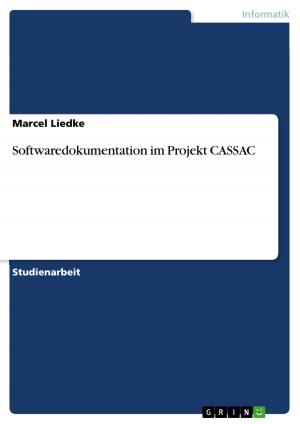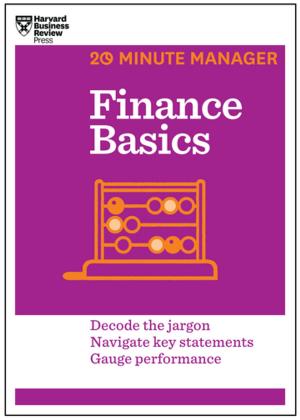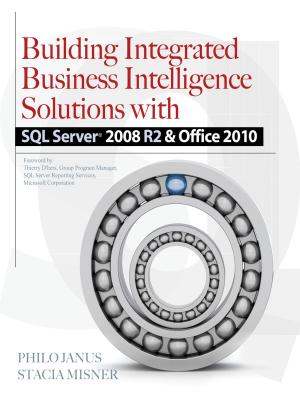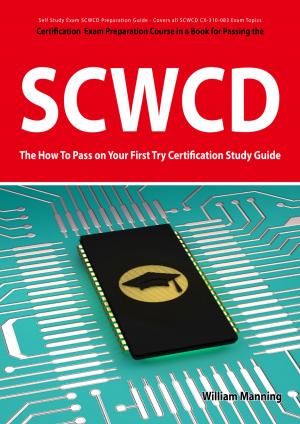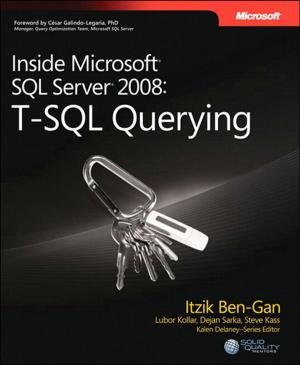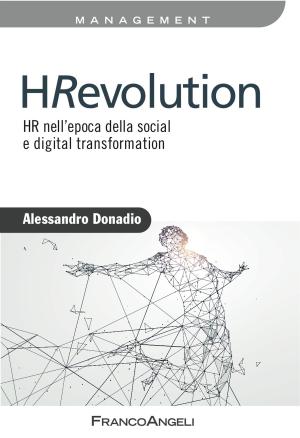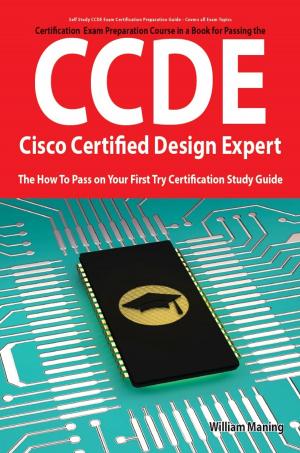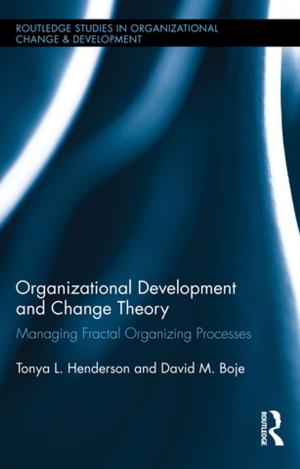Unbundling Corporate Management: From Strategy — Structure — Systems to Purpose — Process and People
Nonfiction, Reference & Language, Education & Teaching, Educational Theory, Leadership, Business & Finance, Management & Leadership, Management| Author: | B Urban Lombard | ISBN: | 9781301445158 |
| Publisher: | B Urban Lombard | Publication: | January 24, 2013 |
| Imprint: | Smashwords Edition | Language: | English |
| Author: | B Urban Lombard |
| ISBN: | 9781301445158 |
| Publisher: | B Urban Lombard |
| Publication: | January 24, 2013 |
| Imprint: | Smashwords Edition |
| Language: | English |
This management approach derived its importance from the shift in focus on human resources management as a traditional personnel administrative and unaccountable expense point of view to an investment in core skills, core competencies and empowerment. In addition, the ever increasing demands made on corporate management to empower employees to participate more freely in decision making and to ensure that companies maintain their competitive edge, compels Group executives to develop a management strategy to combat the loss of critical skills and competencies embedded in their human resources to their competitors.
The aim of presenting this corporate unbundling management approach is to provide executives with a practical methodology and workable Manual that will allow executives to release their human resources’ knowledge, skills and experience in a more empowering manner. This approach has proved its success over a number of years in large project management, mining houses and financial service organisations in South Africa and USA corporations. The application and personal commitments of the managers and workers alike at various levels in these organisations have all contributed to the success of this new management style.
While the existing theories of systems management and strategic planning provide a sound foundation for discovering the basic elements for corporate management, they do not fully provide answers to companies wishing to reshape their industries and compete successfully for the future. While they assist us to understand the strategy – structure – system doctrine, they provide little insight to the “new age” executive’s requirements for managing companies by a purpose, process and people approach. While these theories highlight the attributes of scientific management, they are silent on what it takes for executives to develop and successfully manage an organisational employee empowerment culture. Furthermore, while they provided and persuaded management on how to “hardwire” and develop eloquent strategic plans and structural changes, they failed to point out the dynamics of how to “soft wire” and build the complementary core competence and core skills view into the minds and hearts of every manager and individual worker.
The intellectual gap that developed between the management systems theory, the practical experience, observations and the many personal interviews in the corporate world of work led to the compilation of this book.
Several business issues and challenges are identified that face executives to manage and compete for the future successfully. It is concluded that much more emphasis should be placed on the empowering of employee decision-making at all levels and the early identification of core skills and core competencies in employees doing critical jobs. Subsequently, the effective and efficient utilisation of these employees is one of the key factors for the survival, growth and profitability of Group companies.
Hopefully, the management guidelines, corporate Manual and behavioural change model presented will significantly contribute to a better understanding of the unbundling process and the management of the critical human resource so necessary for company competitiveness.
This management approach derived its importance from the shift in focus on human resources management as a traditional personnel administrative and unaccountable expense point of view to an investment in core skills, core competencies and empowerment. In addition, the ever increasing demands made on corporate management to empower employees to participate more freely in decision making and to ensure that companies maintain their competitive edge, compels Group executives to develop a management strategy to combat the loss of critical skills and competencies embedded in their human resources to their competitors.
The aim of presenting this corporate unbundling management approach is to provide executives with a practical methodology and workable Manual that will allow executives to release their human resources’ knowledge, skills and experience in a more empowering manner. This approach has proved its success over a number of years in large project management, mining houses and financial service organisations in South Africa and USA corporations. The application and personal commitments of the managers and workers alike at various levels in these organisations have all contributed to the success of this new management style.
While the existing theories of systems management and strategic planning provide a sound foundation for discovering the basic elements for corporate management, they do not fully provide answers to companies wishing to reshape their industries and compete successfully for the future. While they assist us to understand the strategy – structure – system doctrine, they provide little insight to the “new age” executive’s requirements for managing companies by a purpose, process and people approach. While these theories highlight the attributes of scientific management, they are silent on what it takes for executives to develop and successfully manage an organisational employee empowerment culture. Furthermore, while they provided and persuaded management on how to “hardwire” and develop eloquent strategic plans and structural changes, they failed to point out the dynamics of how to “soft wire” and build the complementary core competence and core skills view into the minds and hearts of every manager and individual worker.
The intellectual gap that developed between the management systems theory, the practical experience, observations and the many personal interviews in the corporate world of work led to the compilation of this book.
Several business issues and challenges are identified that face executives to manage and compete for the future successfully. It is concluded that much more emphasis should be placed on the empowering of employee decision-making at all levels and the early identification of core skills and core competencies in employees doing critical jobs. Subsequently, the effective and efficient utilisation of these employees is one of the key factors for the survival, growth and profitability of Group companies.
Hopefully, the management guidelines, corporate Manual and behavioural change model presented will significantly contribute to a better understanding of the unbundling process and the management of the critical human resource so necessary for company competitiveness.

